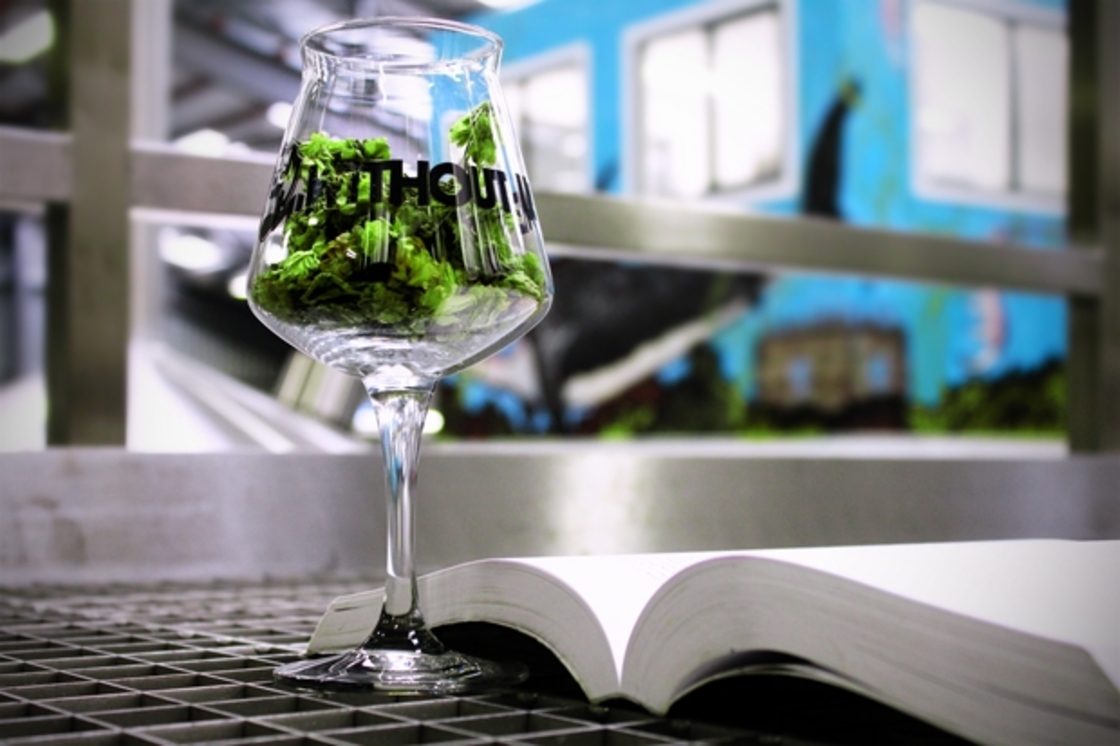The Brewtionary: Part 2

If you're reading this, perhaps you're looking to expand your knowledge of the brewing process, or perhaps you're an experienced brewer, hoping to catch us out. Well, let us know either way! In the first part of the Brewtionary, we covered ABV, IBU, dry-hopping, mashing, the lauter tun, the whirlpool, mouthfeel, fermentation, and wort.
Our journey through the technical terms of brewing continues in this, our next instalment of the Brewtionary. Let us continue to be the Obi-Wan to all the craft beer Lukes out there, and teach you in the ways of the force (fermentation)...

Bright beer tank
Once beer has passed through our light filtration process, we store them in this vessel ready for packaging. In some brewpubs you might even find a bright beer tank behind the bar so you can try the beer straight from the tanks.

Carbonation
Carbonation is the amount of CO2 contained within the beer and can be measured in Grams per Litre or Volumes. Natural carbonation occurs during fermentation when yeast digests sugar and produces CO2, as well as alcohol, as a by-product.

Ka-dunk-a-dunk
This is a pretty epic name for a tool that is 1 part drill, 2 parts hammer. Used to remove bungs from barrels, the whisky industry calls it a bung extractor, we renamed it and it’s cool now. Stone also have a ka-dunk-a-dunk. Yep, it’s gone global.

CIP
The saying goes that brewers are ‘janitors who make beer’. We like to think there’s a little more to it than that, but getting our clean on is still a massive part of the job. Thankfully our fancy new hardware does some of the hard work for us. CIP (cleaning in place) functions in all our equipment to save our brewers playing climbing into tanks and scrubbing by hand.

EBC Colour Standard
The European Brewing Convention (EBC) is the technical and scientific arm of The Brewers of Europe. They created an analytical standard for measuring beer colour to aid brewers in their brewing consistency. All beers are considered by the EBC Colour Standard to be different shades of red – fact! To work out what colour a beer is, we use a spectrophotometer to shine a light through the brew and measure the absorbance.

Gravity
This is the density of the beer compared to water. The gravity of the beer is dependent on the quantity of dissolve sugar contained within, and decreases as the sugar is consumed by the yeast. The higher the sugar content in wort, the higher the gravity which means the ABV of the finished beer will be stronger.
Forced fermentation
Forced fermentation is the process of taking a small sample of wort, over-pitching it with yeast and storing it at very warm temperatures with continuous movement. This causes the beer to ferment very fast and allows fermentation analysis to be performed before the full batch has finished fermenting.

Pitching yeast
This is the brewing term for adding yeast to wort to start fermentation. As soon as the yeast is added and fermenting away happily, you’ve made yourself some beer. Congratulations.
If you have any questions be sure to leave us a comment and one of our seasoned brewers will do their best to answer all your beer-based (and potentially even non beer-based) queries.

Join the Discussion
Comments (9)